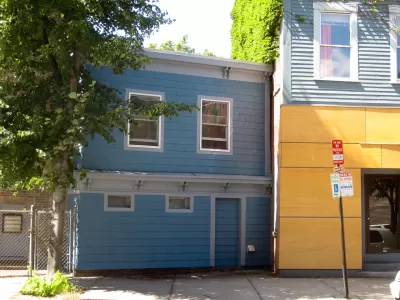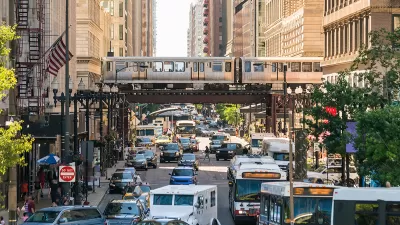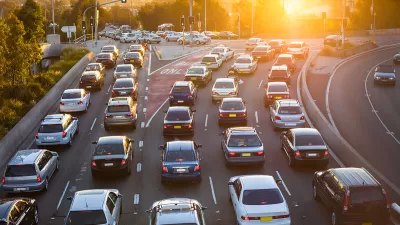Many transportation challenges could be solved by a more informed understanding of price elasticity of demand, according to this article.

Joe Cortright thinks that many transportation planners would flunk Economics 101, based on rampant misconceptions of one critical concept:
The most basic concept in economics is that higher prices lead to less consumption, yet this fact is routinely ignored in transportation planning and policy.
If we got the prices right, many of our most pressing transportation problems would be much easier to tackle[.]
The price of gasoline provides the clearest example of the concept, according to Cortright; i.e., higher fuel prices equate with less driving. The price of gas compared to the number of miles driven by Americans since the late 1990s illustrates Cortright's point.
Cortright explains the nuance of elasticity in more detail before noting that transportation planners often disregard price elasticity when planning future transportation routes. Portland's regional government, Metro, provides an example.
FULL STORY: Transportation planners flunk Econ 101: Price elasticity of demand

Planetizen Federal Action Tracker
A weekly monitor of how Trump’s orders and actions are impacting planners and planning in America.

Congressman Proposes Bill to Rename DC Metro “Trump Train”
The Make Autorail Great Again Act would withhold federal funding to the system until the Washington Metropolitan Area Transit Authority (WMATA), rebrands as the Washington Metropolitan Authority for Greater Access (WMAGA).

The Simple Legislative Tool Transforming Vacant Downtowns
In California, Michigan and Georgia, an easy win is bringing dollars — and delight — back to city centers.

The States Losing Rural Delivery Rooms at an Alarming Pace
In some states, as few as 9% of rural hospitals still deliver babies. As a result, rising pre-term births, no adequate pre-term care and "harrowing" close calls are a growing reality.

The Small South Asian Republic Going all in on EVs
Thanks to one simple policy change less than five years ago, 65% of new cars in this Himalayan country are now electric.

DC Backpedals on Bike Lane Protection, Swaps Barriers for Paint
Citing aesthetic concerns, the city is removing the concrete barriers and flexposts that once separated Arizona Avenue cyclists from motor vehicles.
Urban Design for Planners 1: Software Tools
This six-course series explores essential urban design concepts using open source software and equips planners with the tools they need to participate fully in the urban design process.
Planning for Universal Design
Learn the tools for implementing Universal Design in planning regulations.
Smith Gee Studio
City of Charlotte
City of Camden Redevelopment Agency
City of Astoria
Transportation Research & Education Center (TREC) at Portland State University
US High Speed Rail Association
City of Camden Redevelopment Agency
Municipality of Princeton (NJ)





























